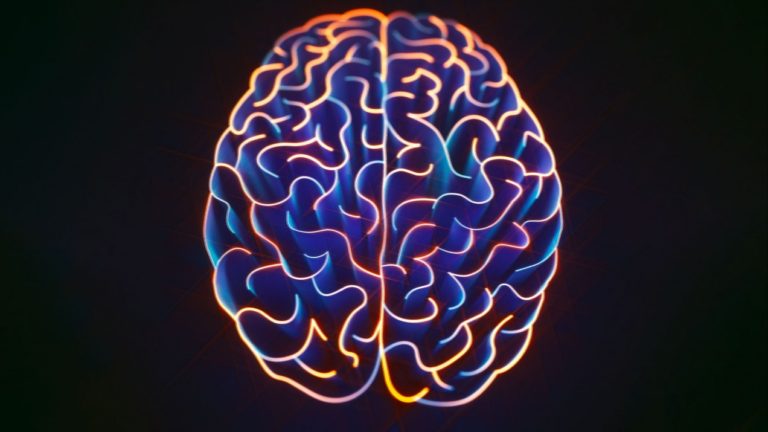Anti technology movements have a long history. The most famous one started in the early 19th century in Great Britain. The matter in question is Luddism.
This was the time of change in manufacturing. The textile workers protested against machines that took over their jobs. Luddites destroyed the technology in an attempt to save their employment. But they protested not so much against innovations, but rather the growing unemployment.
Historians are still working on defining the importance of this movement. More and more research papers are being written by scientists and learners who often delegate such tasks to professionals from Essaypro other similar platforms. Meanwhile, the term Luddism has become a name for movements against technology. The legacy goes on, and there are several movements against technology now. Let’s discuss the most important ones.
Neo-Luddism
This is a philosophical movement that inspires many people. They believe that technology cannot solve modern problems without producing more issues. The advocates promote simple living and rejection of many modern technologies. They also claim that the progress should slow down as there is little control over it now.
The movement is also connected with radical environmentalists and anti-globalization ideas. The first claim that technology cannot save the environment. In 1990 Chellis Glendinning published “Notes towards Neo-Luddite manifesto” that offers the view on anti-technology philosophy.
The activists have several ways to address the technological progress. Some of them choose to reject it completely and do not use any devices or recent findings. They also stay away from consumerism and materialism, pointing out that there are more important things in life. Some advocate punishing those who promote technological progress, like scientists or engineers.
One of the sadly known Neo-Luddists was Theodore J. Kaczynski, who was called Unabomber by FBI. He was a Math learner who entered Harvard at a young age.
However, after some years, Theodore moved away into the woods. There he started to mail homemade bombs to universities, airlines, and scientists. There were 16 bombs sent overall, causing three deaths. He also published a manifesto against technology in The New York Times.
Of course, his story is a particular case and does not represent the movement itself. However, there are some predictions that future unemployment caused by automatization can lead to an increase in terrorist attacks motivated by similar views.
Anti-Science
The main idea of this movement is that science cannot be a way to find an objective truth about the world. Anti-science philosophy questions science and the methods it uses to make any suggestions.
Some claim that the roots of anti-science go back to Thomas Hobbes, an English philosopher. He was not convinced by the methods that the scientific revolution used to come to any conclusions about the world and human nature.
There is also a part of the anti-science movement that is connected to religious beliefs. Some scientifically proved ideas are in contradiction with religious beliefs. And people choose to reject them as materialistic.
Overall, the movement is extremely wide. There are those who offer reasonable criticism of the scientific process. There are also anti-vaxxers and people who don’t turn to medical care because of their beliefs.
The very idea behind approaching any information critically is not a bad one. Yet, there are radical beliefs and extreme cases in any movement.
Anarcho-Primitivism
This movement rejects the civilization itself and the technology it has developed. Anarcho-primitivists believe that the shift to agricultural civilization brought social and economic inequality and overpopulation. The idea is to go back to a simple life and stir away from civilized ways of living.
The proponents of this idea are against industrialization, globalization, and technology. The philosophy is hugely based on anthropology and archeology that have reevaluated the hunting and gathering era of humans.
It is described as a peaceful time that was much happier and free. Civilization is, on the contrary, directly linked to violence, domination, and power distribution.
The adepts of this paradigm criticize technology, labor diversification, and consumerism. However, the majority of them still maintain a civilized way of living, which is one of the main critique points.
From these three philosophical standpoints, ironically, this one has less to offer when it comes to actual steps in rejecting civilization. It is hard to imagine society going back to hunting and gathering times, so the argument is basically theoretical.
Final Words
There are many reasons why people are against technological progress. Some of them are scared that we will not be able to control what we’ve created. Others are concerned with the predictions of unemployment and machines taking over.
Some people believe that technology has already caused enormous damage to the planet and society, and the progress should be stopped.
In fact, it is a well-known formula – as soon as something new appears, there are people who are against it. However, there are many reasonable concerns about progress and new technologies.




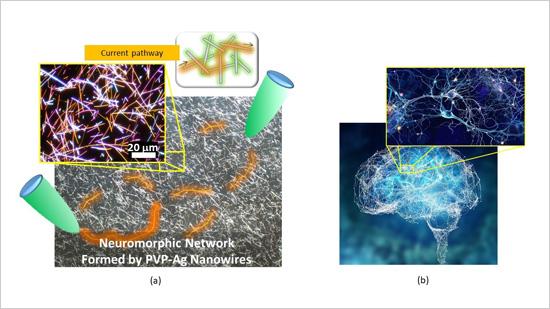
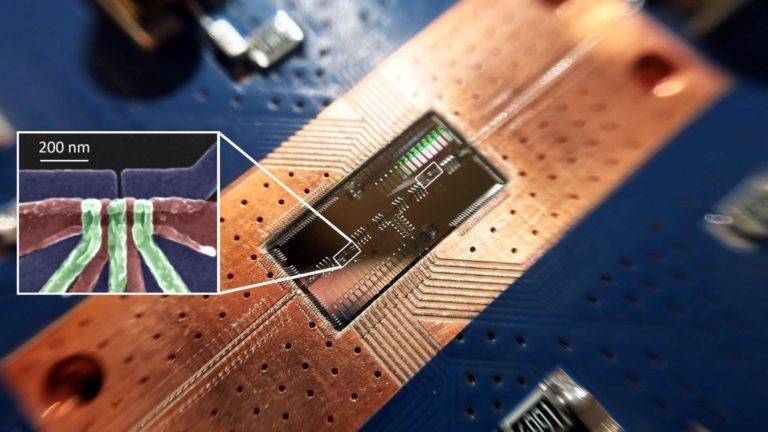
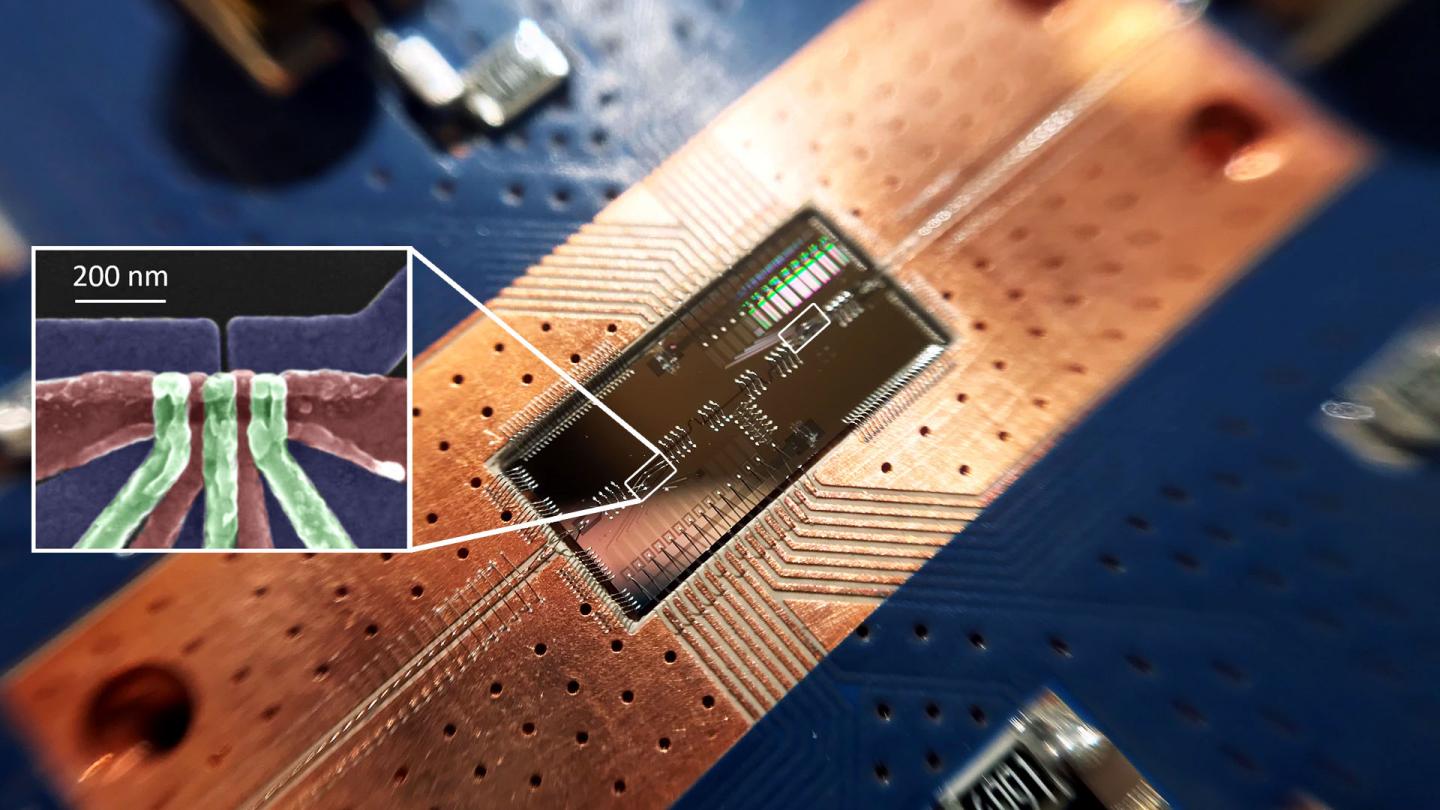

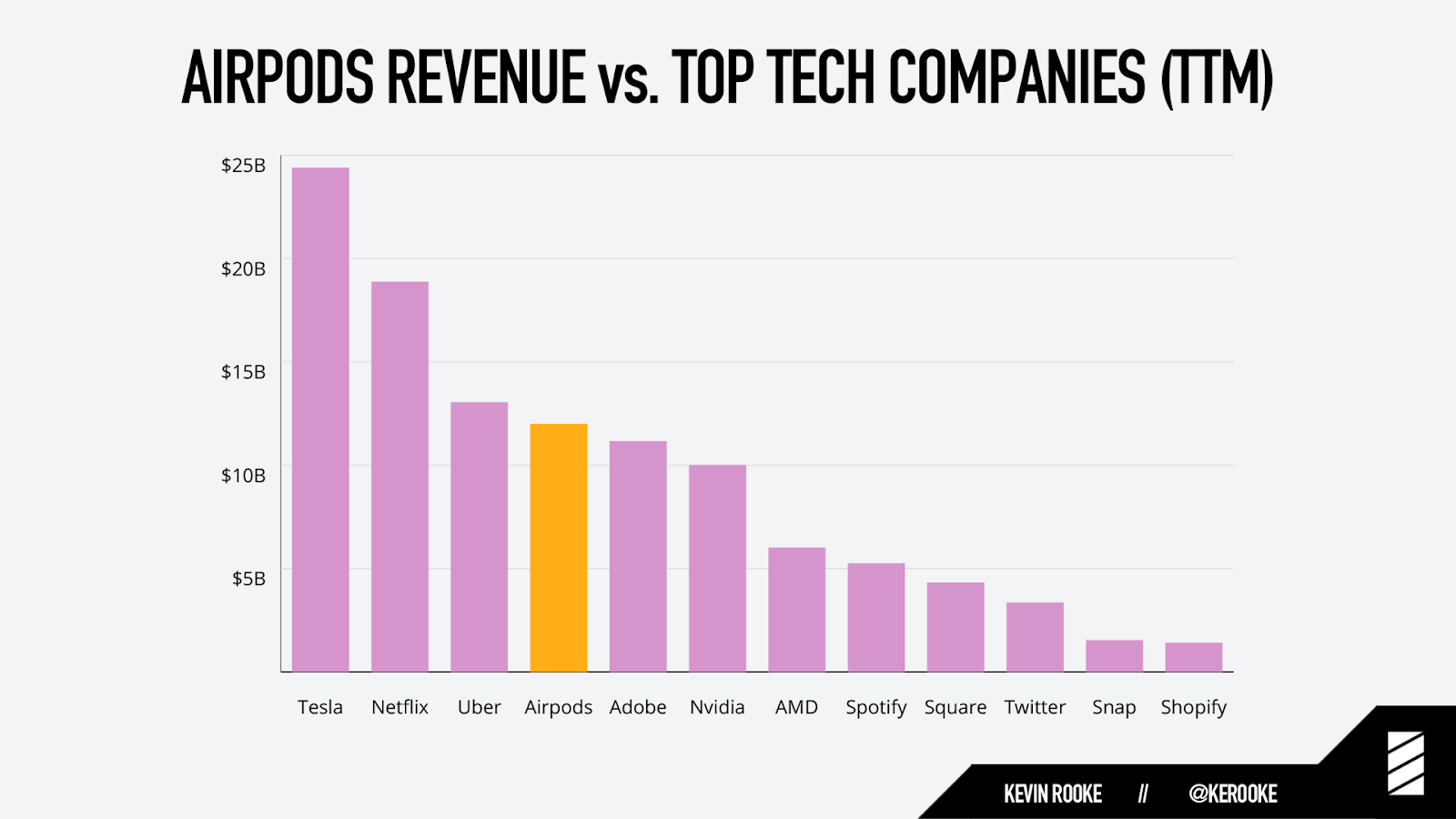

 Photo by
Photo by 